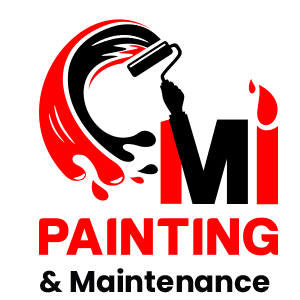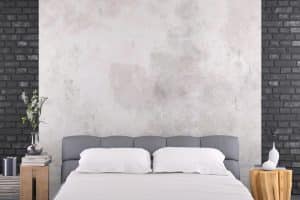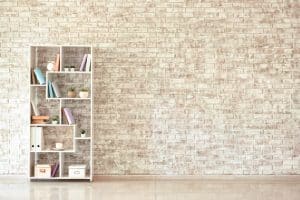Whitewash vs Limewash vs German Smear: Know The Differences
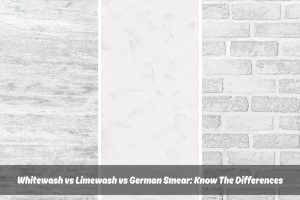
Timeless design trends are what the exposed brick elegance is all about. It gives any room texture and some warmth. More so, this particular design trend can assist in enhancing detailing. Thus, when it comes to making your brick walls look better, you have a host of alternatives such as leaving them uncovered or something else.
Three common methods that are able to change your brick but still preserve its original features are whitewash, limewash and German smear. Nevertheless, the right decision-making becomes difficult in such a situation because all these three have their own visual effects and ways of application.
This in-depth guide lets you explore a full comparison about whitewash, limewash, and German smear, including what makes them different from each other, how they are applied, and the kind of finishes that can be obtained.
Whitewash: A classic wash of colour
Whitewash is a basic and flexible technique used to achieve a smooth, washed look on your brick walls. Here’s a closer look:
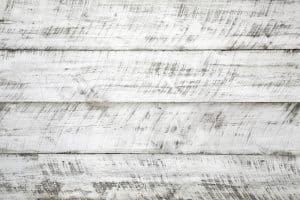
- Ingredients: Usually, Whitewash consists of a combination of water and a white pigment, which may be hydrated lime or white latex paint watered down.
- Application: Whitewash is applied with a paintbrush or sprayer in multiple thin coats, which are supposed to dry completely before succeeding one another. The higher the number of coats the thicker it becomes, with a subtle veil provided by just one coat, and several of the coats make it appear clearer white.
- Finish: Whitewash offers a translucent effect that lets you see the natural colour and texture of the brick itself. It provides a very gentle ethereal look which is ideal for accentuating your brickwork’s character.
Benefits:
- Easy application: Whitewash is a relatively simple DIY project requiring minimal tools and skills.
- Versatility: The level of opacity can be adjusted based on your desired effect.
- Cost-effective: Whitewash is a budget-friendly option compared to other finishes.
Drawbacks:
- Durability: Whitewash chips and wears easier, so you might be patching it up more often, especially in busy spots.
- Water resistance: Rain and dampness aren’t really its thing, so it’s not the best choice for outside.
- Even finish: Getting a perfectly smooth whitewash coat can be tricky. A little more here, a little less there, and you might end up with a patchy look.
Limewash: A breathable and natural beauty
Limewash is created via slaked lime and water; it poses as a more genuine but airy option compared to Whitewash. Here’s what sets it apart:
- Ingredients: Limewash is a natural product made by mixing slaked lime with water, and optionally pigments to give it colour.
- Application: Similar to Whitewash, Limewash is applied with a brush or sprayer in thin coats. But, because of its natural composition, Limewash takes more time to dry and cure between coats.
- Finish: Limewash gives a soft, chalky finish that has a very slight sheen, showing the natural texture of the brick. Moreover, it can develop a mild matte patina as it ages which contributes to its antique attractiveness.
Benefits:
- Breathability: Limewash allows the brick to breathe, which is beneficial for moisture control in older buildings.
- Durability: It is more durable than Whitewash and can better withstand the elements.
- Natural antiseptic properties: Limewash’s natural antiseptic properties can deter mould and mildew growth.
Drawbacks:
- Longer application process: You gotta be patient with limewash, it takes longer to dry than whitewash.
- Sensitivity: Heads up, if you have sensitive skin, limewash might irritate it a bit. Wear gloves and a mask when you use it.
- Limited colour options: You can add colour to limewash, but it won’t come in as many shades as regular paint.
German smear: A distressed and rustic charm
The German smear, also known as the brick schmear method, gives a very special way to associate deeply with the texture and appearance of the bricks showing that rustic charm on them. Here’s how it works:
- Ingredients: German smear utilises a thin mortar mix, typically matched to the existing brick colour.
- Application: After the whole surface of bricks is covered with mortar, a tool like a damp cloth or trowel is used to scrape off some of it leaving parts where brick can be seen here and there irregularly textured. The level of “smear” determines the final look, ranging from subtle highlights to a heavily distressed effect.
- Finish: The German smear creates a distressed and rustic look. Natural colours are revealed by the exposed brick while the rest of the mortar gives it depth and texture.
Benefits:
- Durability: A German smear is a highly durable finish, especially suited for exterior applications.
- Low maintenance: German smear requires minimal maintenance compared to other finishes.
- Unique look: It offers a distinctive, rustic charm that complements a variety of design styles.
Drawbacks:
- Professionals required: German smear requires skill for a uniform finish; DIY attempts may look uneven or sloppy.
- Limited colour options: It uses mortar matching the existing brick, limiting dramatic colour changes.
- Cost: Hiring a professional for a German smear is more expensive than DIY Whitewash or Limewash projects.
Conclusion
Each whitewashing, limewashing, and German smearing method serves to make our exposed brick walls look more attractive.
Once you’ve figured out how each of these options behaves, its method of application as well as final touch; you will be able to choose appropriately based on your taste or desire in relation to construction standards.
In case you doubt your DIY skills, especially regarding German smear or Limewash, talk to our Sydney based painters who know this work professionally so that you get great results.
By making correct decisions and using the best methods, your brick walls can become an attraction at home.
